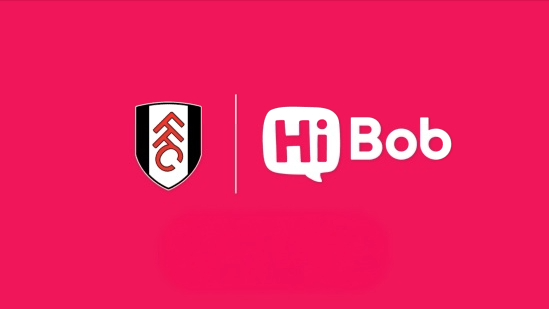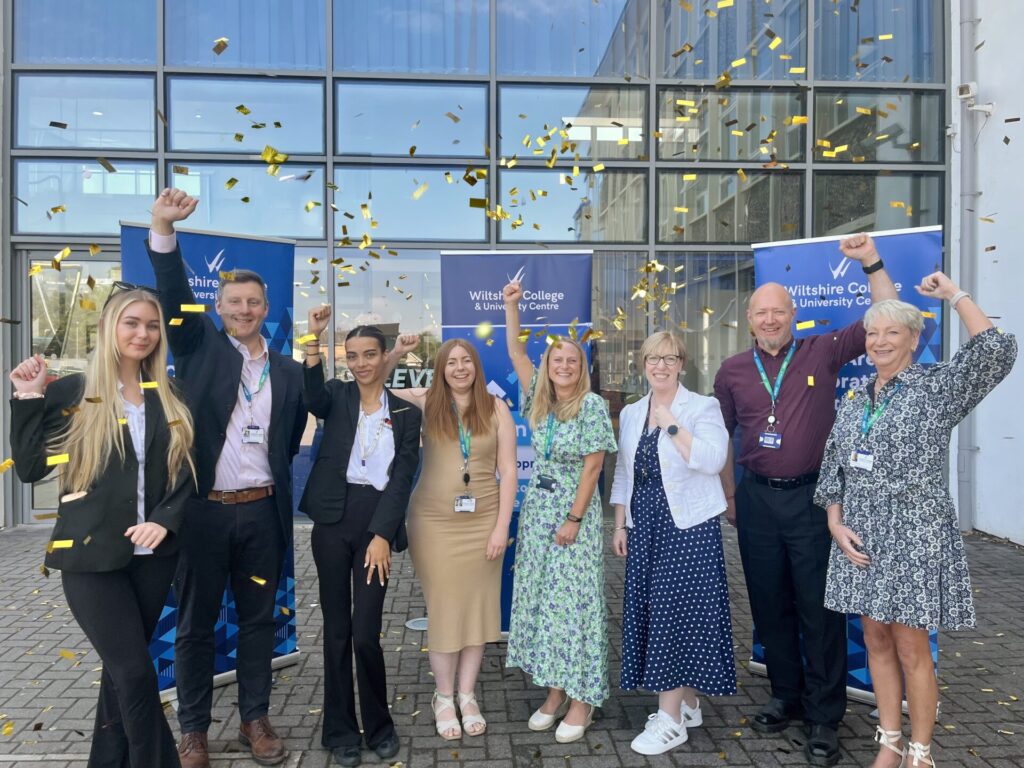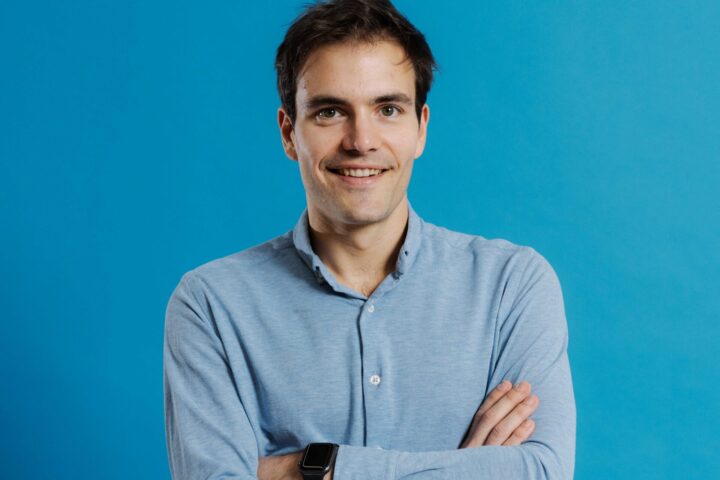Matthieu Rouif (pictured), CEO and co-founder of Photoroom, shares his insights on why employees may be more prepared for artificial intelligence (AI) adoption than their employers, the opportunities and misconceptions surrounding AI in the workplace.
What do you think is preventing companies from adopting AI more widely?
Many companies face barriers such as a lack of clear understanding about how to implement AI effectively and concerns over the potential disruption it may cause. This challenge is compounded by the rapid pace of change in AI technology, making it especially difficult for entrepreneurs and professionals – who often don’t have the time to deeply focus on these developments – to know which tools and technologies to adopt.
There is also a skills gap, with many leaders unsure how to train or support their teams to confidently use AI tools. Additionally, some organisations perceive AI as costly or believe it’s only suitable for large enterprises.
Overcoming these obstacles requires education, strong leadership support, and a cultural shift towards viewing AI as a collaborative tool that empowers employees rather than replaces them.
How can business leaders better inform and reassure their employees about the role of AI, especially given the concern that it may replace jobs?
Business leaders should communicate openly and transparently about AI’s role as a tool to augment human work. By emphasising that AI is designed to automate repetitive tasks and free employees to focus on higher-value, creative activities, leaders can alleviate fears of job loss.
Investing in training and upskilling programmes helps employees feel equipped and confident working alongside AI, which is critical to building trust and acceptance.
Could you share some specific examples from Photoroom where AI has enhanced, rather than replaced, human creativity?
At Photoroom, AI takes care of technical and repetitive tasks – like background removal and image optimisation – allowing users to create high-quality, professional visuals in just minutes, without any design experience. This is similar to the arrival of Photoshop, which initially caused concern among photographers who feared it might replace them.
However, Photoshop ultimately enhanced their capabilities, enabling some to use extensive editing while others preferred minimal adjustments. Over time, audiences learned to appreciate and distinguish between these different styles of content creation. This frees up entrepreneurs, photographers, and marketers to focus on their creative vision and storytelling.
Rather than replacing human input, AI serves as a tool to support and amplify each user’s unique ideas.
What are some of the most common misconceptions you encounter about AI in the workplace, and how do you address them?
A common misconception is that AI will replace human jobs. In reality, AI expands human potential by automating routine tasks and enabling employees to focus on creative and strategic work.
Another myth is that AI is complex and inaccessible, but modern AI tools are designed to be user-friendly, enabling non-specialists to benefit from them. We address these by demonstrating AI’s collaborative role and providing accessible solutions.
What practical steps can organisations take to shift this perception and promote AI as a collaborative tool?
Organisations should engage employees early in the AI adoption process by listening to concerns and providing clear information about how AI will be used. Offering training programmes to build AI skills and sharing examples of AI freeing employees from repetitive tasks can help shift perceptions.
A common mistake is trying to lock down or restrict employee access to AI technologies. Some companies do this, but at Photoroom, we take the opposite approach and actively encourage employees to use these tools.
Trying to prevent access is often useless and counterproductive, as people will find ways to use AI regardless. Instead, it’s far better to embrace these technologies fully and help employees get the most out of them.
At the same time, it’s not easy for professionals to know which AI tools to use for specific purposes and objectives. That’s why, at Photoroom, we carefully select best-in-class AI solutions to ensure our teams work with the most effective and relevant technologies.
Framing AI as a partner that enhances human work rather than a threat is key to building trust.
How do you see the role of AI evolving in creative industries specifically, and what new opportunities might this open up for both businesses and employees?
AI is democratising creativity by making advanced tools accessible to smaller businesses and individual creators. This enables faster content creation, greater personalisation, and new ways to connect with audiences.
For employees, AI opens opportunities to focus on storytelling, emotional connection, and innovation – areas where human insight remains essential. Overall, AI fosters a more inclusive creative landscape.
What advice would you give to companies just starting their AI journey, particularly when it comes to integrating AI into existing workflows without causing disruption?
Start with clear, manageable use cases where AI can automate routine tasks. Engage employees early, provide training, and choose AI tools that integrate smoothly with existing workflows. One common mistake is to assume that using all the most renowned AI models because they are trendy is the best approach.
In reality, specialised AI solutions often perform better than large, general models for specific tasks. We advise taking the time to compare and carefully evaluate the options available to find the best fit for your company’s particular needs. It’s important to foster a culture of collaboration between humans and AI, emphasising that AI complements and amplifies human skills. Transparency and patience during the transition are essential.
Could you discuss any success stories from businesses using Photoroom where adopting AI led to measurable improvements in productivity or creativity?
While specific user outcomes vary, our data shows that many workers believe AI can significantly improve business performance when used properly. Photoroom empowers entrepreneurs and small businesses to create high-quality marketing images efficiently, helping them compete with larger brands without the need for expensive resources.
Many of our clients have noted improvements in both productivity and creativity, which makes sense because, thanks to our solution, they can focus on higher-value tasks and on content that performs better. For example, GoodBuy Gear has seen a 23% lift in conversion rate, Smartly boosted its click-through rate by 72%, and the British Red Cross increased the average selling price by 13% on pre-loved items. This reflects AI’s potential to enhance productivity and creativity across diverse users.
What skills will be most valuable for employees in an AI-augmented workforce, and how can workers best prepare themselves for this future?
Creativity, adaptability, digital literacy, and emotional intelligence will be crucial. Workers should develop skills in interpreting AI outputs and combining them with human judgement.
Lifelong learning and curiosity about emerging technologies will help employees stay ahead and make the most of AI-enhanced roles.
Looking ahead, how do you envisage the relationship between humans and AI developing over the next five years, especially in the context of storytelling and audience engagement?
AI will become an intuitive, behind-the-scenes collaborator that helps storytellers personalise and optimise content.
Humans will continue to craft authentic, emotionally resonant narratives, while AI handles data-driven insights and technical tasks. This partnership will deepen audience engagement and expand creative possibilities.
















